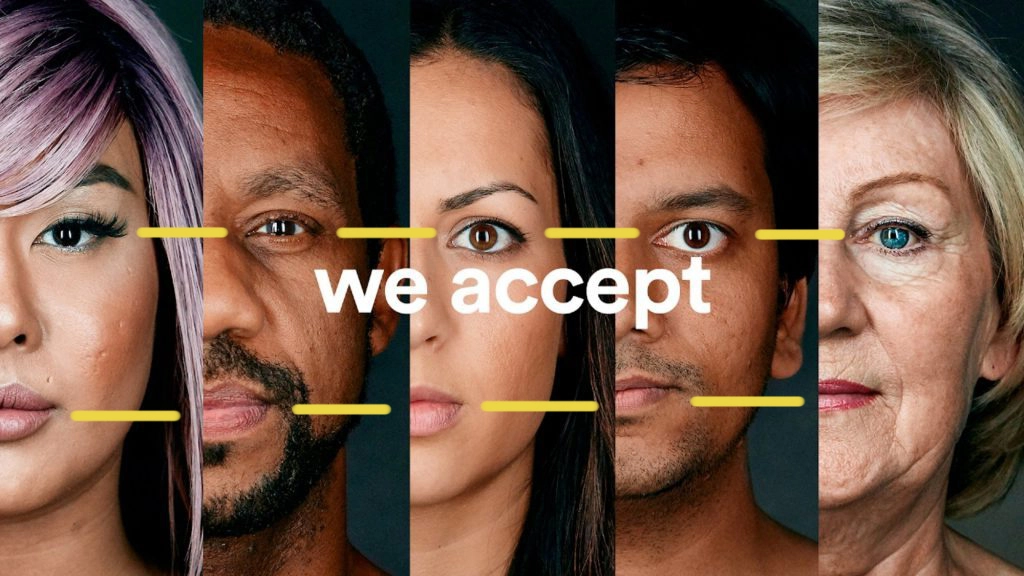In the ever-evolving digital marketing landscape, the blend of traditional marketing strategies with social media is not just an option—it’s often a necessity for brands aiming to achieve a comprehensive and cohesive marketing approach.
This integration allows brands to leverage the best of both worlds, ensuring consistent messaging and maximising reach across diverse audience segments.
The power of integration
Integrating social media with traditional marketing channels such as TV ads, billboards, print media, and direct mail can significantly amplify your brand’s voice and presence. The key lies in creating a seamless experience for your audience, where each channel supports and reinforces the others. For instance, a QR code in a magazine ad that leads to an engaging social media campaign can bridge the gap between print and digital, offering a direct pathway for readers to engage with your brand online and ensuring you reach the highest number of relevant people.
Social media and traditional marketing: Real-life success stories
Coca-Cola’s ‘Share a Coke’ Campaign

This iconic campaign is a prime example of integration done right. By personalising bottles with people’s names and encouraging customers to share their experiences on social media with the hashtag #ShareACoke, Coca-Cola created a massive buzz both offline and online. The campaign’s success was in its ability to blend traditional marketing (personalised bottles) with social media engagement, resulting in a worldwide phenomenon.
Airbnb’s ‘We Accept’ Campaign

Airbnb’s response to a challenging social issue showcased the power of combining heartfelt TV commercials with a solid social media narrative. The campaign promoted acceptance and inclusivity during the Super Bowl and extended its reach through Twitter, Instagram, and Facebook, fostering a community-driven conversation around the brand’s core values.
The Cube‘s Christmas Campaign

In a festive blend of digital charm and real-world excitement, we launched a holiday campaign for one of our clients, the Cube, that was nothing short of magical. Leveraging a mix of social media, video marketing, email marketing, website interaction, and traditional print, the campaign created a multifaceted engagement experience that not only drew eyes online but also feet on-site.
The centrepiece was an enchanting social media video featuring Santa Claus himself, embarking on a covert mission around The Cube, hiding presents for lucky finders. This wasn’t just any treasure hunt; each hidden gift contained a QR code that, when scanned, revealed exclusive vouchers for various venues within The Cube. This clever integration of digital and physical elements sparked a surge in social media interaction, significantly boosted website traffic, and remarkably increased the venue’s mailing list by 40%.
The result? A festive campaign that not only celebrated the season’s spirit but also masterfully demonstrated the power of integrated marketing strategies in creating comprehensive, engaging brand experiences.
10 tips for seamless integration between social media and traditional marketing
- Start with a Strategy: Define your overall marketing objectives and messaging. Ensure that your social media and traditional marketing efforts are not operating in silos but are part of a cohesive strategy that aims to reinforce the same message across all channels.
- Leverage Each Channel’s Strengths: Understand the unique benefits of each channel. For example, traditional media like print and TV can offer broad reach and credibility, while social media provides interactivity and the ability to segment and target more precisely. Use each for what it does best, but ensure they work together towards common goals.
- Unified Messaging: Ensure that your core message is consistent across all channels, but tailor the presentation to fit the unique strengths and audience of each medium. For example, a compelling story told in a TV ad can be expanded upon with behind-the-scenes content or user-generated stories shared on social media.
- Cross-Promotion: Use each channel to promote the others. Mention your social media contests in your direct mail pieces, or use PR strategies to enforce social media campaigns. This creates anticipation and encourages your audience to engage with your brand across multiple channels.
- Leverage Hashtags: Create unique, memorable hashtags for your campaigns that can be used across all marketing materials. Hashtags not only promote social media engagement but also help in tracking the campaign’s reach and impact.
- Interactive Elements: Incorporate interactive elements like QR codes, AR filters, or unique URLs in traditional marketing materials to create a bridge to your digital content. This enhances user engagement and provides measurable insights into the effectiveness of your traditional marketing efforts.
- Consistent Aesthetics: Maintain a consistent visual and stylistic theme across all channels. This helps reinforce brand recognition and ensures that your audience receives a cohesive brand experience, whether they’re flipping through a magazine or scrolling through their social media feed.
- Optimise for Measurability: While measuring engagement and conversions online is more straightforward, finding ways to track the effectiveness of traditional media is crucial. Use dedicated landing pages, unique phone numbers, and campaign-specific hashtags to monitor the impact of your traditional marketing efforts.
- Engage in Real-Time: Use social media to extend the life of your traditional marketing efforts by engaging with your audience in real-time during events, TV broadcasts, or after a print ad is released. This can add a dynamic, interactive layer to your traditional campaigns.
- Test and Learn: Continuously monitor the performance of your integrated campaigns and be prepared to adjust your strategy based on what you learn. What works for one campaign or audience segment may not work for another, so remain flexible and data-driven in your approach.
Conclusion
In today’s fragmented media landscape, integrating social media and traditional marketing strategies is more than a strategic advantage—it’s a necessity for brands looking to create a unified and impactful marketing presence. By leveraging the strengths of both digital and traditional media, brands can create more engaging, memorable, and effective marketing campaigns that resonate with audiences across all platforms. Remember, the goal is not just to be seen or heard but to create a seamless brand experience that captivates and engages your audience at every touchpoint.


